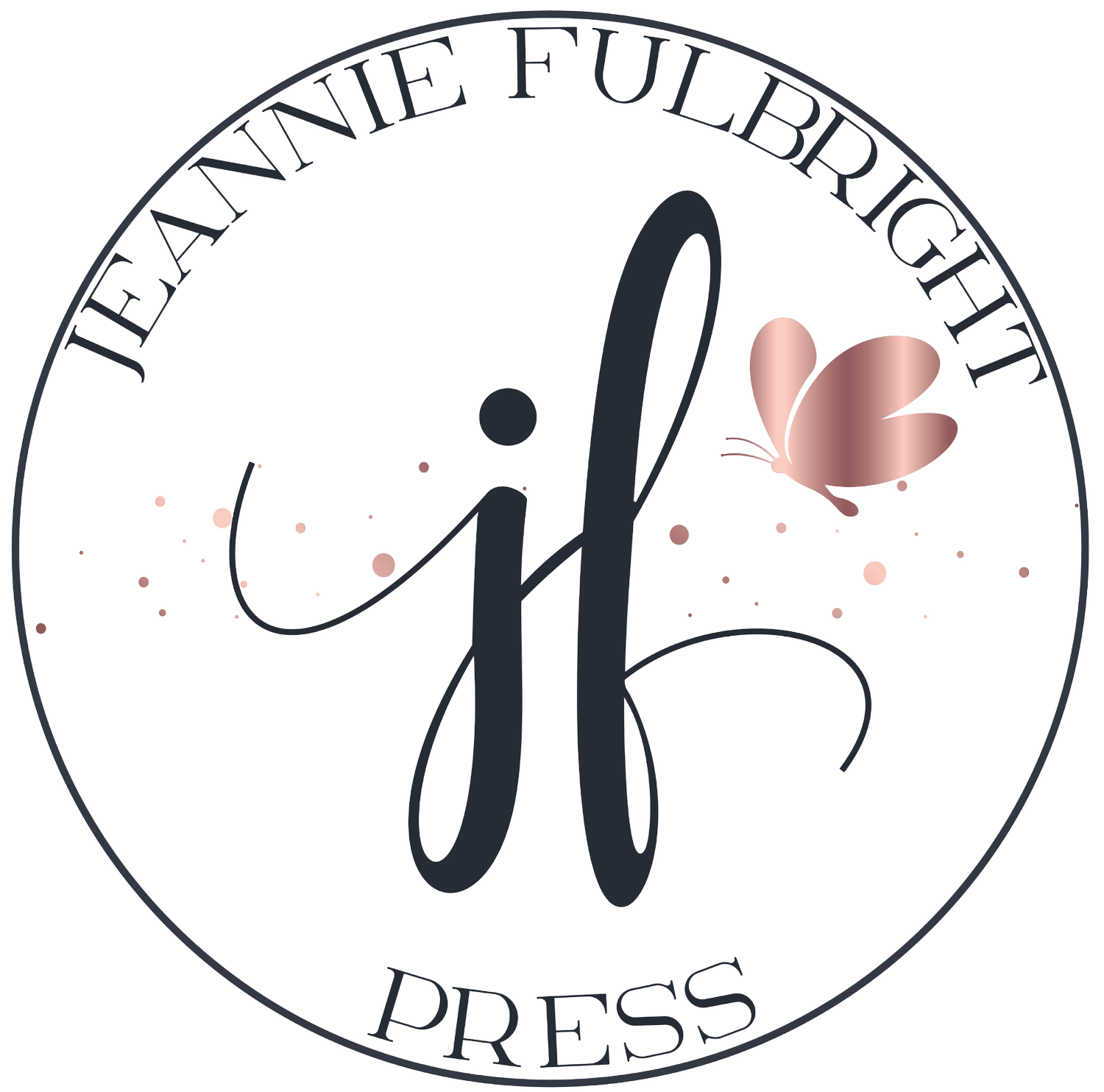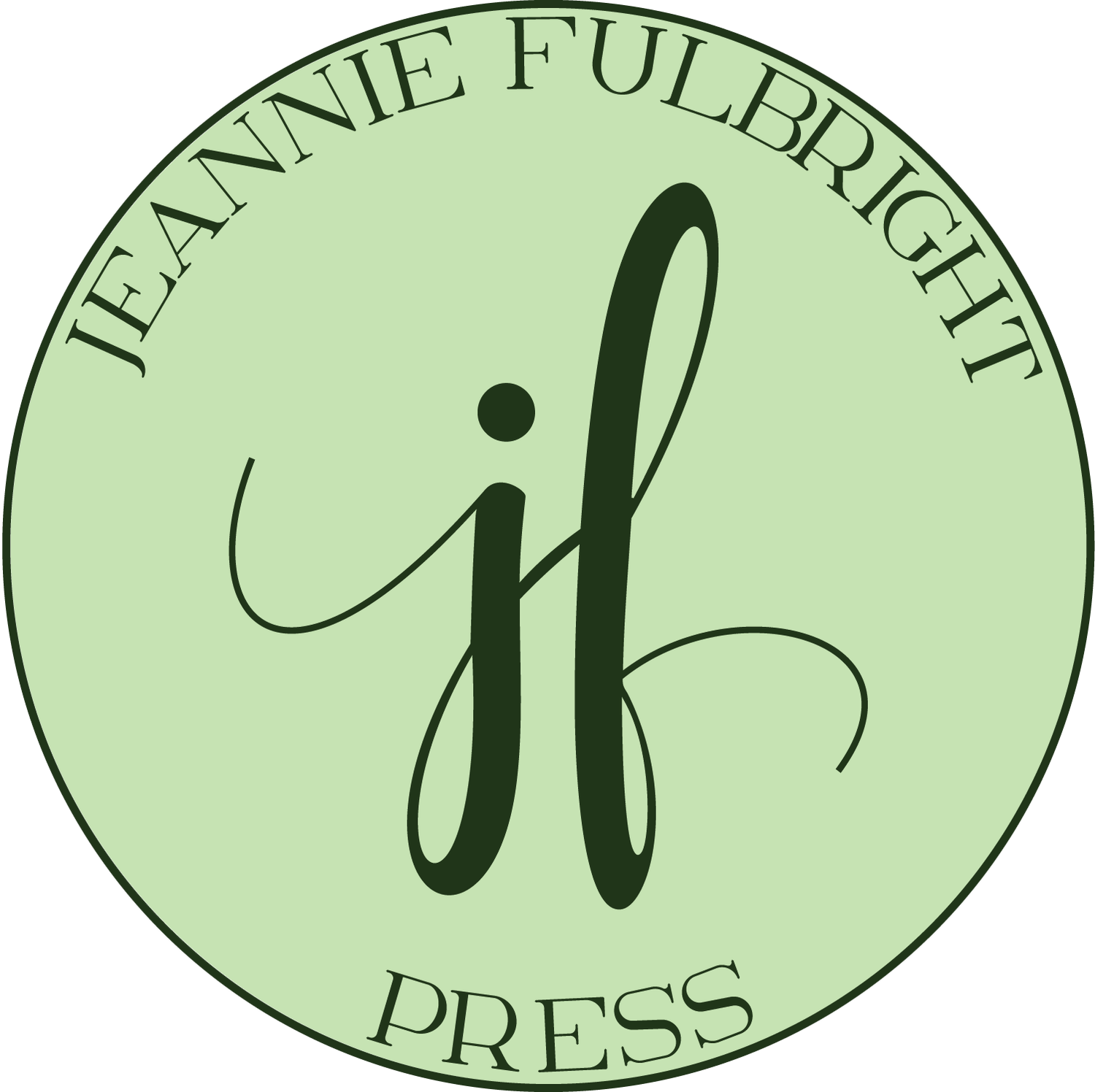My Homeschool Notebooking Journey: Part 1
No matter what career your child chooses, no matter what he or she does in the future, the ability to communicate effectively in writing is essential for success and advancement.
Tragically, writing instruction is one of the greatest failings of the modern education system. As homeschoolers, we can remedy this by implementing the writing progression Charlotte Mason outlines. By utilizing these practices, you will slowly but steadily witness your children becoming excellent writers, just as I did.
In fact, all four of my children—even the math-oriented ones that were allergic to writing, even the dyslexic one who learned to read late—have excelled in college, due in part, to their ability to write well. Because of the Charlotte Mason progression, they all left home with solid and sure writing skills.
THE PROGRESSION
Copywork
It all begins here. Copywork is foundational for teaching children both the mechanics and usage of writing. However, copywork lessons shouldn’t end when a child has mastered these because there is so much more a child learns from copywork, including grammar and the beauty of language. Through copying elegant writing, children learn to structure beautifully written phrases and sentences. They also grow in wisdom and spiritual discernment as they enter into these noble and well-written thoughts.
Commonplacing
Keeping a commonplace book was an essential part of every young scholar's education long before the powers that be decided to dumb down education in order to turn out factory workers instead of brilliant thinkers. Your child should be encouraged throughout his lifetime to copy phrases, quotes, verses, Scripture and the like. That which touches his soul.
Everyone would benefit from keeping a commonplace book. There are so many places we can find brilliant, beautiful thoughts. These thoughts can and should become part of our own thinking, part of our character. When we come upon prolific phrases, we should commit them to memory by transcribing them.
Living Books
Ideas, not facts and information, are essential for later writing. Present to your children a feast of sound ideas and lovely thoughts through living books, for one cannot write what one does not know. French scientist Jean Jaques Fabre tells us,
When the head is furnished with ideas, and usage…we have all that is necessary to write excellent things correctly. But, again, if ideas are wanting, if there is nothing in the head, what can you write? How are these ideas to be acquired? By study, reading, and conversation with people better instructed than we.
Through living books, our children are fed this great feast of ideas. But we also need to move these ideas and notions from the short-term memory to the long-term memory so our children have easy access to them.
Oral Narration
And the way we begin that process is by giving our children the ability to remember what was learned through oral narration and discussion. A child will speak well if he follows the steps of: copywork for grammar, living books for knowledge, and oral narration for retention. The child who can speak his thoughts well can write well.
Notebooking: Written and Visual Narration
Oral narration is essential for beginning processes of communicating knowledge. However, the most effective method for, not only retention of knowledge, but the development of skilled writers is through notebooking, which is also commonly called visual and written narration.
You can use notebooking with any subject your children are studying. It will improve their knowledge, their learning, and their retention of the subject exponentially.
WHY NOTEBOOKING?
Although oral narration calls upon certain measures of creativity, when a child uses visual or written narration through notebooking, the creativity and memory centers of the brain—the hippocampus and the amygdala—are ignited. When this happens, the potential for retention, understanding, and ownership of knowledge is increased, along with the ability to communicate that knowledge.
With notebooking, children are able to make connections between their new knowledge and other things they’ve learned about previously. It’s a potent method of education often neglected in homeschools. Instead, worksheets and fill-in-the-blank activities are used which do not activate the learning centers of the brain for long-term retention.
My Journey
I learned the power of notebooking quite by accident early in my homeschool journey. I read a book that loosely described notebooking, but did not go into great detail about it. I got the gist of it and thought, “Okay. Create something after learning. Got it.”
We decided to do history chronologically, so our first year we studied the ancient time period. Any time we read or listened to an audio book, watched a video, or went on a field trip related to ancient history, I would have my daughter draw pictures of what she saw or learned. That’s all I required for the notebook. Just one picture on the blank page illustrated with beautiful, high quality colored pencils. (Get the best you can buy. Mine are the best.)
For example, we listened to an audio story about King Midas. My daughter orally narrated the story to me in great detail. Instead of writing, she drew a picture of King Midas and also a picture of his daughter turning to gold. She wanted to know how to spell King Midas so I wrote it down for her and she copied it onto her page.
That was the extent of most of the writing that took place in her notebook activities through the ancient time period that first year. I used plain copy paper for her notebooking activities because the book I had read about notebooking didn't give me very clear instructions on what to use. I three-hole punched the pages and assembled them in a simple, red paper folder. And that was her ancient history notebook. At the end of the year, I tucked it away somewhere and forgot about it.
Today, I advise parents to use high quality blank books as your children’s notebooks, their education journey, should be preserved for posterity. I wish I had done that.
My Mistake
The next year I took a very intensive Charlotte Mason course, and although notebooking was taught, living books were emphasized. I had so many books I wanted to read that year that I felt we did not have time to notebook. My daughter’s a creative individual and enjoyed notebooking, but I didn't want to stop and have her make an illustration of everything we learned. I was much more convinced about the value and need of living books than I was about the other methodologies Charlotte Mason incorporated.
I started our second year of homeschooling so excited about reading a plethora of living books, and boy oh boy, did we feast in the city of books! I had been researching the entire spring and summer and we were ready to hit the ground running with the beauty of the Middle Ages.
The truth is, I couldn't remember to stop and ask my daughter to narrate what we had read. It was only my second year of homeschooling, and I wasn't super convinced about narration yet. That would come later.
And this conviction about narration is why when I started writing my science books, I included narration prompts throughout the books as a reminder that narration is an important part of the educational process.
So, although we were reading lots of wonderful living books, including ones on the great master artists, we weren't notebooking or doing oral narrations. Essentially, my daughter wasn’t really reproducing something from what she had learned.
“As knowledge is not assimilated until it is reproduced, children should ‘tell back’ after a single reading or hearing: or should write on some part of what they have read.” Charlotte Mason
I'd drank from a Charlotte Mason fire hydrant the spring before. So it was difficult to apply many of the principles I had been taught.
Discouragement Hits
The following year we came across a famous painting by Leonardo da Vinci. I was excited because we had studied him during our Middle Ages history year. I showed the painting to my daughter, remarking, “Look at this. Isn't this beautiful? It’s a painting of the Last Supper. Leonardo da Vinci created it.”
She replied, “Who?” “Leonardo da Vinci,” I said. “Remember, we studied all about him and the Mona Lisa last year.” My daughter went on to say that she didn’t remember studying Leonardo da Vinci. I was flabbergasted and confused because I remembered everything we studied so well!
But my daughter had no recollection of Leonardo da Vinci. I asked her a few more questions about some other things we learned and she couldn't remember, even though I had provided her with brilliant living books for the entire year.
I was struck by my daughter’s lack of retention. What was going on? Did I waste an entire year of learning on her? I couldn’t figure out why she didn't remember anything. After all, she was a very bright child (she later graduated from UGA Magna Cum Laude). I had carefully curated the best of the best of these wonderful living books! Wasn’t that the most essential Charlotte Mason principle?
I was getting discouraged.
The Lightbulb Moment
Not long after, I was digging through piles of school junk when I came across the red paper folder. When I opened it up, I saw all those precious drawings my daughter had made from the different things she had studied that first year.
I called her over. “Look! This is your ancient history notebook from our first year of homeschooliong.” With great interest, my daughter paged through each and every drawing. As she did, she told the stories behind every illustration. She recalled the entire story of Midas from beginning to end by looking at the simple drawing of a golden daughter next to a king. Every single drawing ignited her memory of what she had learned.
And that's when it hit me. Charlotte Mason knew what she was talking about. Notebooking through visual and later written narration embeds the knowledge necessary for a genuine education. The ideas gained from living books are essential, but they are fleeting if our child does not produce something from his learning.
There’s more to this notebooking journey. And I think you’ll find it fascinating.
In the next few posts, we’ll dig deeper into notebooking—the why, the how, the what—and the many and varied ways you can implement this methodology in your homeschool to ensure your children get an effective education from kindergarten through high school.

